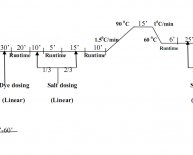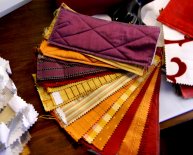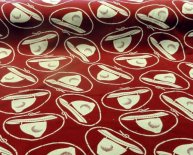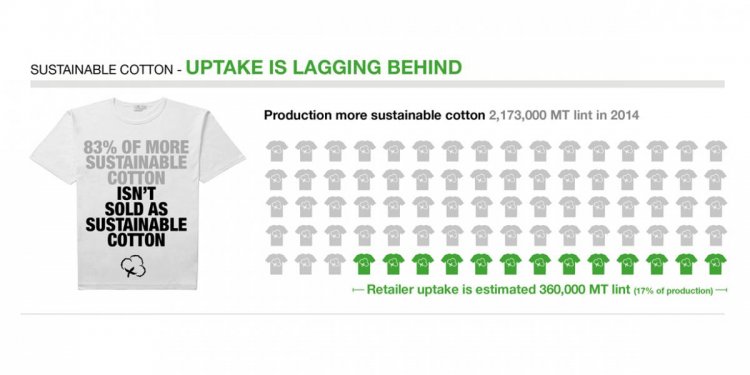
Cotton Production Process
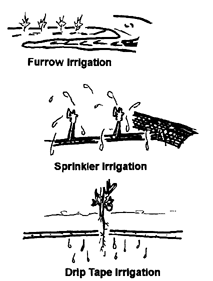
PRODUCTION
Before cotton can be processed into the many products it becomes. It must be planted, irrigated, nurtured with fertilizer, protected from
unwanted weeds, grasses and insects and harvested. This usually means loosening the soil to the depth of 1 to 2 ½ feet with tillage equipment. This will allow water and cotton roots to penetrate the soil and support the plant.
As the plants demand it, when available, additional water is delivered to the fields. Sometimes only from natural rainfall, called rain-feed farming, or through irrigation (water application through artificial means), called irrigated farming. This can be accomplished in 3 different ways; 1) furrow irrigation takes place by simply running water down a seedbed furrow, 2) sprinkler irrigation is much like lawn sprinklers where pressurized water is sprayed out over an area, and 3) drip tape irrigation, this is a relatively new method of irrigation using buried tubing that releases water into the soil beneath the plant. Most of today's commercial cotton farms use a combination of weed control methods. Such as, Cultivation which is done mechanically by machines called cultivators, hand rogueing or weed removal by people with the use of weed hoes and the application of chemical herbicides (chemicals used to control weeds). Chemical herbicides can be applied before or after the cotton is planted. When the cotton plant is in it's seedling stage, it is very susceptible to soil borne fungal disease. There are several diseases that can stunt the growth of the plant, cause leaves to fall off, attack the roots and make the plant wither and die. If the effects of disease don't kill the plant, low yields and a poor quality cotton will result. Development of disease resistant cotton seed has become a priority in the industry. Cotton varieties resistant to some fungi and other destructive organisms have been developed and are being used in certain areas. There is still more research to be done before fungal disease is no longer a factor in producing cotton. The plant's food, or nutrients, are referred to in agriculture as fertilizer. Nitrogen, phosphorus, potassium, sulfur, calcium and magnesium are the primary fertilizer elements (macronutrients) but there are several trace elements (micronutrients required in small quantities for optimum plant growth) also. These include copper, manganese, zinc, molybdenum, boron, chlorine and cobalt. Starter fertilizer is usually added to the soil before the seed is planted to provide nutrients to feed a healthy seedling. As the cotton plant grows, its nutrient requirement is monitored and any additions needed are applied. |

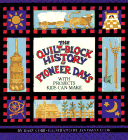 In some
In some 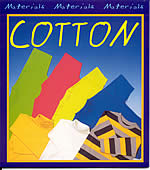 Once the cotton plant has emerged, cultivation and hand rogueing must be done very carefully in order to kill the weeds but not harm the growing cotton plant. If the weeds were allowed to grow, they would compete for nutrients in the soil that are necessary for a healthy and productive cotton plant.
Once the cotton plant has emerged, cultivation and hand rogueing must be done very carefully in order to kill the weeds but not harm the growing cotton plant. If the weeds were allowed to grow, they would compete for nutrients in the soil that are necessary for a healthy and productive cotton plant.